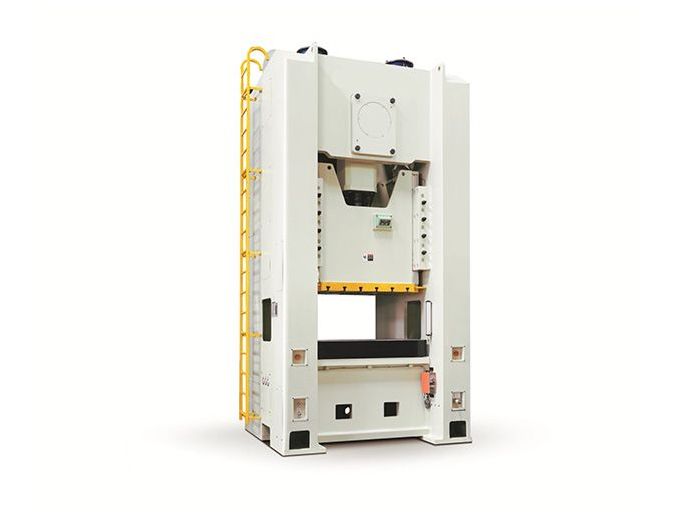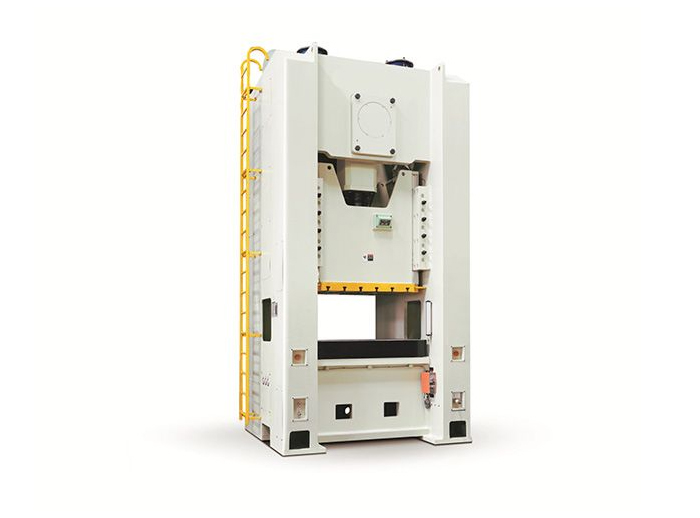Mechanical Presses 101

Mechanical presses are machines used to shape and form materials by applying pressure. They are commonly used in manufacturing and metalworking industries for punching, bending, stamping, and pressing operations.
Mechanical presses are machines used to shape and form materials by applying pressure. They are commonly used in manufacturing and metalworking industries for punching, bending, stamping, and pressing operations. In this article, we will cover the basics of mechanical presses, including their types, components, and applications.
Types of Mechanical Presses
There are two main types of mechanical presses: crank presses and eccentric presses. Each type has its own advantages and disadvantages, and the choice of press depends on the specific application and requirements.
Crank Presses
Crank presses are the most common type of mechanical press. They use a crank mechanism to convert rotational motion into linear motion, which is then used to apply force to the material being pressed. Crank presses are available in different configurations, such as single point, double point, and triple point, depending on the number of connecting rods used to transfer the force.
The main advantage of crank presses is their high accuracy and precision, making them suitable for applications that require tight tolerances. They are also versatile and can be used for a wide range of materials and shapes. However, crank presses can be more expensive than eccentric presses and require more maintenance.
Straight Side Single Crank Press Machine
Eccentric Presses
Eccentric presses, also known as eccentric gear presses, use an eccentric gear mechanism to apply force to the material being pressed. The eccentric gear is attached to the main shaft, which rotates to create a reciprocating motion in the ram. Eccentric presses are less expensive and require less maintenance than crank presses. However, they are less accurate and precise, making them more suitable for applications that do not require tight tolerances.
Components of Mechanical Presses
Mechanical Press Components
There are various components that mechanical presses use to perform work. The major ones include drives, drive motors, flywheels, clutches, and breaks.
There are several types of drives a press can use. They include press, shaft, blankholder, knuckle joint, linkage, and eccentric or crank drives. Each has its own uses and advantages.
Eccentric or crank drives have high impact speed and low slide speeds. They’re not for intricate activities like drawing but great for most other parts of the manufacturing process. Blankholder drives keep material still for intricate, deep drawing.
Linkage drives reduce slide speed, allowing for more accurate deep drawing. Knuckle-join drives are used in coining because of their slow slide speeds and high pressing force.
Drive motors power the main drive system. Flywheels store this energy and provide it to the rest of the machine.
Clutches move the torque produced by the drive and flywheel to the gear shaft. Brakes activate when the clutch is released, slowing and/or stopping the other components.
A mechanical press contains many parts. Knowing their names and uses helps manufacturers understand how they work and how to best utilize the machine.
Why Mechanical Presses?
Mechanical presses make it easier and more efficient to shape metal materials. Understanding the different types and how they work allows you to choose the best one for your business.
Keep checking back for more valuable content and read the rest of our articles for more information.



